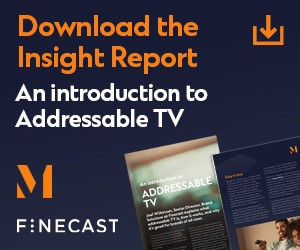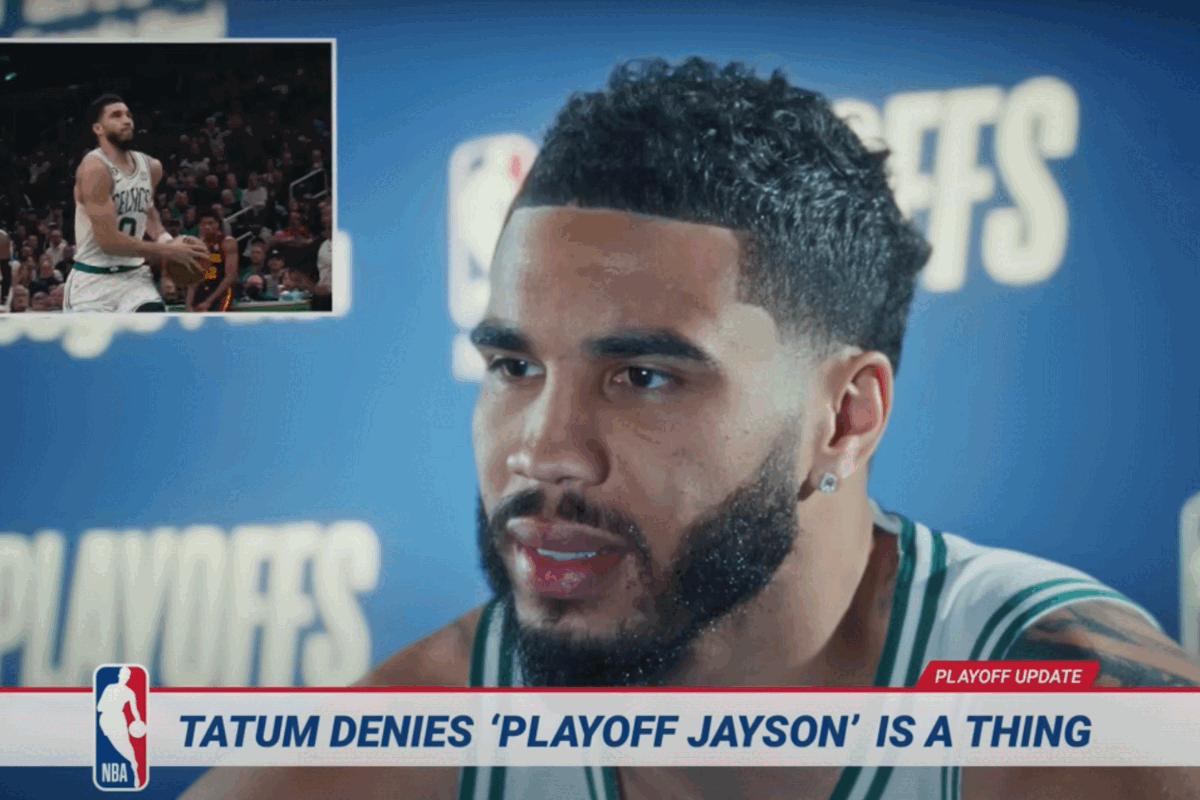Pagefair CEO: “People don’t have a right to not see ads”
- Thursday, February 9th, 2017
- Share this article:

Pagefair CEO Sean Blanchfield has defended his company’s policy of serving ads to consumers who have deployed ad blockers.
Blanchfield was speaking at a Westminster eForum event this morning about the rise of ad blocking, warning that although it is primarily a desktop phenomenon right now, it is coming to mobile.
Pointing to the popularity in Asian markets of the Alibaba-owned UC browser, which has ad blocking built in, Blanchfield said: “It will happen – mobile ad blocking is on the way. All that’s holding it back over here is the availability of a high quality piece of mobile software so I don’t know when it will happen, but I’m sure it will.”
Earlier, Blanchfield had explained to delegates how Pagefair makes money by working with around 9,000 website to provide them with data on how many of their visitors have ad blockers deployed, and secondly, working with 100 websites who use the firms anti-ad blocking technology to serve less intrusive, lighter (in data terms) ads that ad blockers can’t block.
Blanchfield also stressed the need to respect users’ privacy, so we asked him how that tallied with serving ads to people who had taken a conscious decision to block them. His answer: “People don’t have a right to not see an ad; it’s not the same as privacy. In most cases, when you’re on a website, you can’t see which companies are surveilling you, so our policy is to do no tracking. But you don’t have a right not to see ads … you can leave the website if you don’t like it.”
Interestingly, Blanchfield revealed that ad blockers tend to be receptive to ads that they do see, since, according to its own research, they tend to be attention-rich and well educated. Surprisingly, according to Pagefair’s research, the two types of ads that consumers with ad blockers most like are at opposite ends of the spectrum – static banners, perhaps because of their simplicity and light weight; and skippable video, perhaps because it is skippable. Auto-play audio ads and non-skippable video ads are the most disliked, with ad block users “neutral” about native ads.
He also revealed that, despite offering it as a solution to clients, ad block walls, which present visitors to a website with a message asking them to turn off their ad blocker if they want to see the content, fail to solve the real problem. On average, he said, 74 per cent of ad block users presented with such a message leave the site, with the best conversion the company had seen standing at around 40 per cent, meaning that even in this case, more than half the people who saw the message clicked away.
Blanchfield ended his presentation by explaining how Facebook had last year deployed technology to defeat ad blockers, and urged other publishers to follow suit. “If all the growth is not to go to Google and Facebook we all need to do the same,” he said.
















